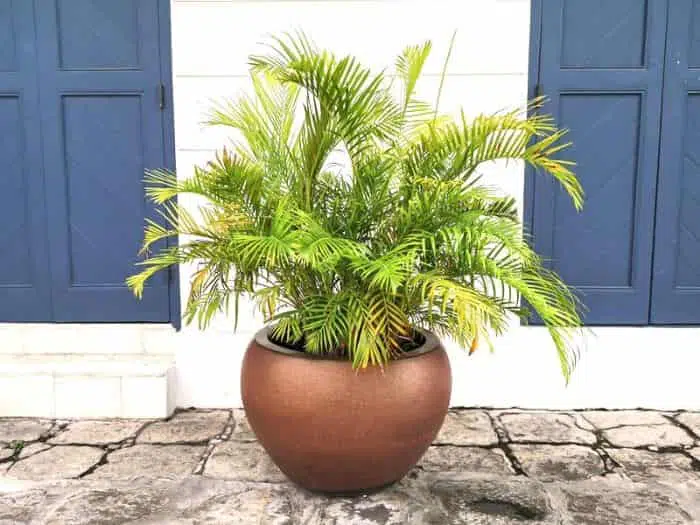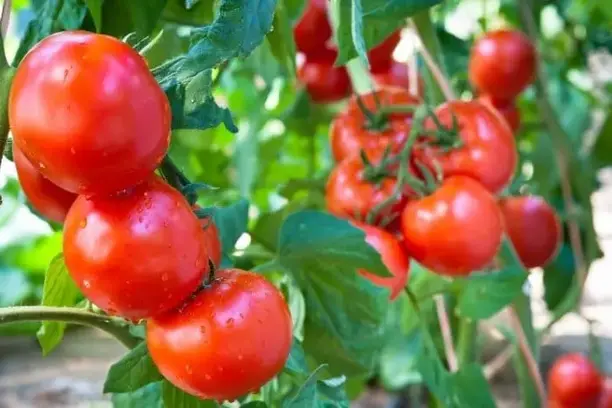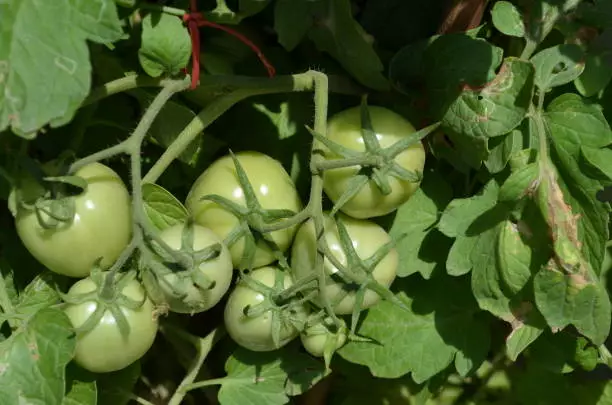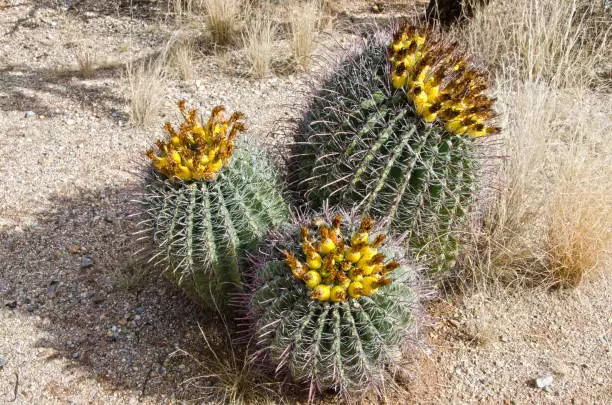The world seems to burst in color as the summer ushers in the fall. The greenery is transformed into a sea of brilliant gold, amber, and red. It is a natural process that happens as plants start shedding their leaves in preparation for the winter.
However, most gardens and lawns begin to wither. It is estimated that Americans spent $99 billion on landscaping services in 2019 with an average spend of $503 per household on lawn care and gardening activities.
This article looks at some great gardening and landscaping ideas for the fall.
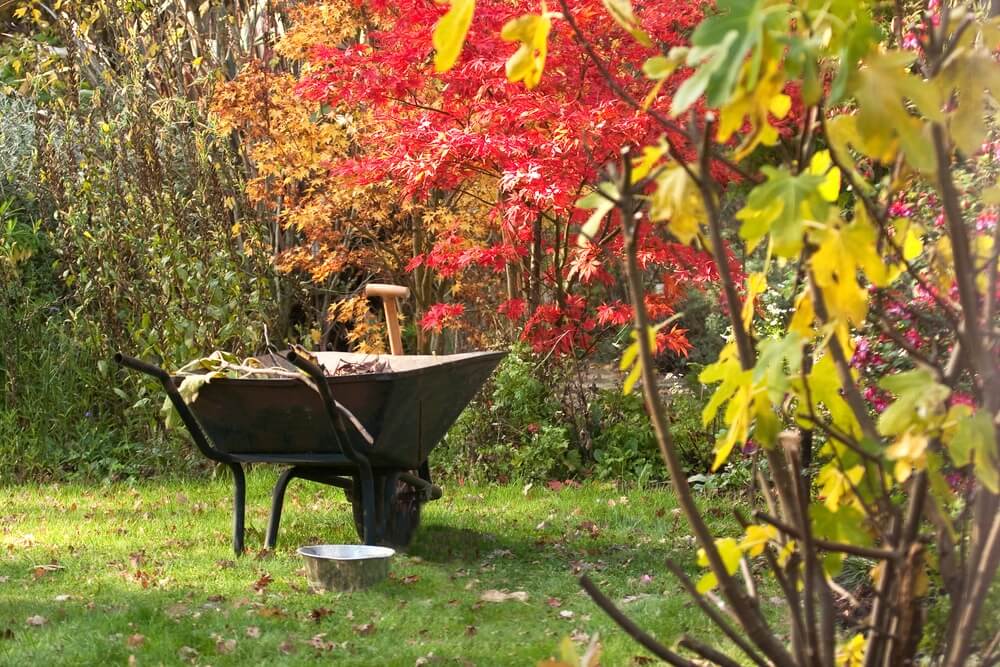
Install a water feature
Your garden is not complete without a water feature; they come in all shapes and sizes. In addition to being the centerpiece of the garden, a water feature also attracts wildlife. Birds, butterflies, and squirrels will flock the feature to bath or drink, adding to the appeal of the yard.
RELATED: HOW TO ATTRACT FLYING SQUIRRELS
You don’t have to fork out a fortune for a water feature. A birdbath or pond is an excellent substitute for a water fountain. Remember to take care of your water feature during the fall and winter to prevent damage.
Add color to plant beds with mulch
One thing that is not in short supply during the fall is mulching material. You can use this to your advantage and add color to the ground cover of the garden.
In addition to visual appeal, mulching also helps the soil in your garden conserve moisture. Avoid using free mulch as these often contain diseases that may affect your plants. It would be best if you bought hardwood shredded mulch. You can take it a step further and get colored mulch that matches the architectural color palette.
RELATED: FABULOUS GARDENING TIPS FOR SMALL YARD
Plant shrubbery
Most people focus on the trees, grass, and flowers. It is easy for shrubs to be forgotten, but they are still relevant. Shrubs are what tie the yard together.
Since they come in all shapes and sizes, they are good at covering slopes. Some shrubs produce beautiful flowers, adding more color to your yard. Choose deciduous shrubs with foliage that turn into beautiful colors during the fall.
Keep your lawn green
The journey to a beautiful garden starts with a green lawn. The average U.S household sprinkles 320 gallons of water a day on their lawn. However, it doesn’t guarantee a lush green garden. Lawn care begins with choosing the right grass seeds to plant.
Please make sure they are the best for climate; otherwise, it won’t work. Once planted, you will need to add some fertilizer to rejuvenate the lawn. It will also be necessary to replace any patches that are drying out.
Incorporate fruity plants
Trees provide shade and protection from glare. They also act as windbreakers and reduce noise pollution. However, when choosing trees, ensure that you have some that will bloom during the fall. Otherwise, you risk having all your trees shading their leaves and leaving your garden bare.
Think beyond foliage when it comes to trees. Some fruit-bearing plants provide both color and a harvest. A good example is persimmon trees, which produce orange-colored fruits that survive part of the fall.
Create a resting space
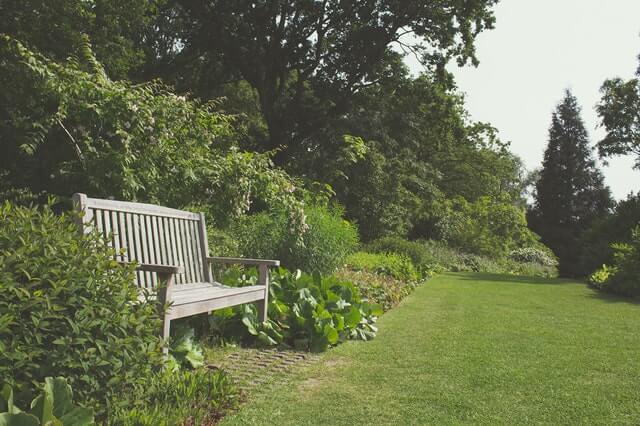
When landscaping, remember to create a spot where you sit, rest, and enjoy the view. Be strategic with the choice of location. It should be a place where you can easily catch the sunset or sunrise.
You don’t have to invest in a vast outdoor structure to spend time in your yard. All you need is a chair, a bench, or a sitting nook. Why put in all the effort if you are not going to sit and appreciate the beauty?
Pave your pathways
While the emphasis is on nature, paving walkways lends the yard a complete look. The style and the color of the paving can accentuate the color of the house or walls. Pathways around the garden also provide access routes around the yard. This protects your grass from being trampled.
For the best results, the color of your paving should be coordinated with the plants. For instance, golden paving compliments flowers with soft tunes.
Topiary and hedging
A typical garden has many zones. There is a garden patch, compost area, a playing area for the kids, and a sitting place for relaxing. Hedging is a stylish way to divide the yard into areas without losing carb appeal.
Another feature like topiary makes the garden seem more exciting and adds contrasting textures. Just make sure the plants used for hedging and topiaries are perennial and won’t die in the fall and winter. You can hang lights on the topiary if you prepare for the winter holiday season.
Add some fall bloomers
As the summer draws to a close, most of the summer flowers are usually past their prime. You can replace them with fall bloomers to add some vigor back to your garden. Fall bloomers are plant species that continue to thrive long after the summer is gone. These plants don’t mind a little frost and ensure your garden continues to look fabulous.
You can either go with annuals or perennials. Annuals grow for one season and die while perennials survive the deep freeze a regrow. Good examples of fall bloomers include coneflowers, chrysanthemums, pansies, and violas.
Potted plants for the front door
You can never go wrong with potted plants. Arranging colored containers to your doorstep is welcoming. Experts recommend using neutral colors that you can use in all seasons. Decorative mums and pumpkins are popular in the fall. But you can decide to mix things up in warm-orange colors with cooler shades of blue and purple.
Remember to protect your ceramic pots during cold weather to prevent cracking. You can go for metallic or plastic pots during colder weather.
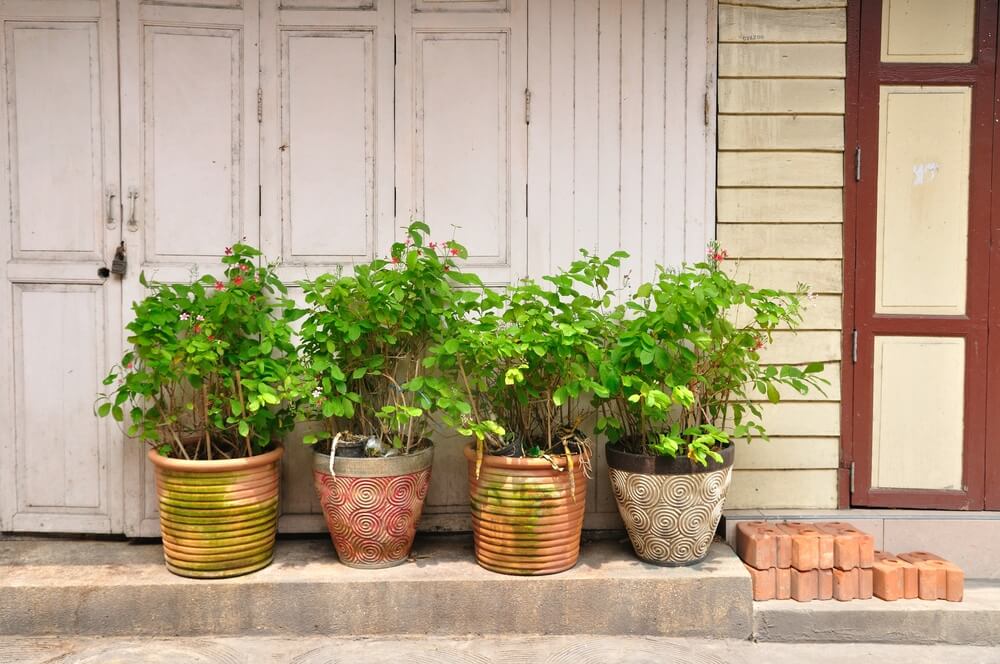
Final thoughts
The summer shouldn’t be the only time your garden shines. With proper planning and these great landscaping ideas, you can transition smoothly. The more landscaping work you get done during the fall, the fewer problems you will face after winter. Rake off all the leaves and consider composting. The compost can provide fertilizers to your grass, shrubs, and trees. Other precautions include keeping the grass short to prevent matting and shutting down the outdoor water supply.
